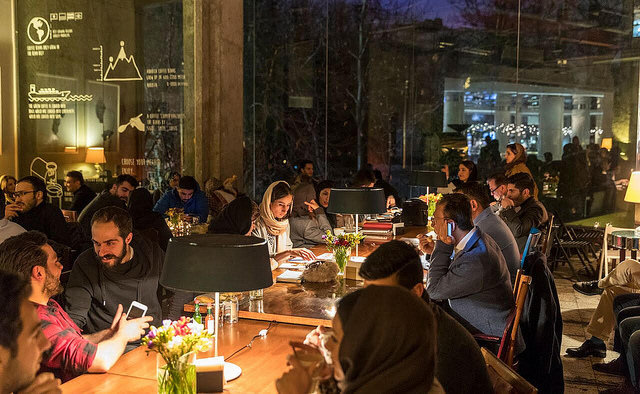Strategic Assessment
Iranian society is complex and in flux, and since the Islamic Revolution has experienced far reaching demographic and cultural changes. An analysis of deep-seated trends in Iranian society demonstrates processes that both encourage and inhibit political change. The younger population is, for the most part, increasingly removed from the revolution’s values, which poses a challenge to the conservative religious establishment. At the same time, the aging of the society strengthens the preference for gradual change and political stability. Secularization processes and the erosion of the status of the clerics challenge the continued rule of the religious establishment, but the strength of the national and cultural identity provides the regime with the ability to rally public support around national and religious symbols. The exposure to the West and modernization encourages liberal trends and individualism, but the public’s opposition to external Western pressures encourages a willingness to stand shoulder to shoulder with the regime against external enemies. Thus while the socio-political processes have not ripened into a catalyst for significant political change, in the absence of serious attention to the social challenges, they could, at some point, undermine the regime’s fundamental principles and its very stability, especially after the death of current Supreme Leader Khamenei.



